The Motorcycle under arms
World War 1, or the Great War, is the first major conflict in which the motorcycle played a role. Due to its specific properties, the motorcycle is pre-eminently the suitable successor of the horse and bicycle for transmitting messages and to make reconnaissance. Telecommunications and drones in turn ensure that the role of the motorcycle is greatly reduced nowadays. This time the 2nd part:
Escorting convoys and persons
The motorcycle is not only suited for the transmission of messages. Soldiers do not fall under ordinary law, but under military law. This is enforced by the Military Police Corps. Common police duties, such as maintaining public order, detecting offenders or securing and guarding important objects. These can be buildings, but also bridges over rivers or dikes. This is usually little or not at all visible.
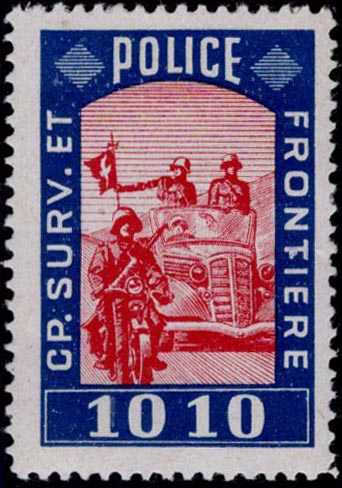
Another task is to escort convoys or persons. Here the Military Police is more visible.
When executing their duties, they can often be recognized by the abbreviation MP. On their helmet, vehicle or on a band around their arm.
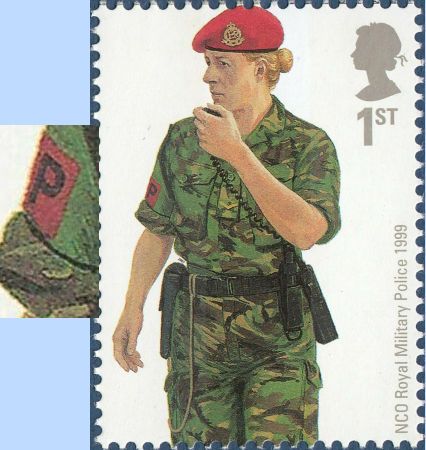
The military police was an independent organization, apart from the Land and Air Forces and Navy, and was part of the army.
In the Netherlands, the Police Forces Corps, called Marechaussee, was established shortly after WW1. The Corps used Harley-Davidsons and Triumphs. These were maintained in Delft at the Motorcycle Service Department. Later BMWs were also used, until the delivery from Germany was stopped.
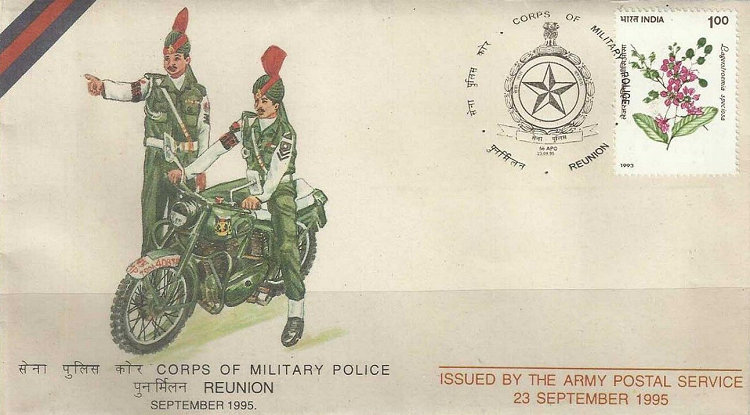
During wars, members of the Military Police enjoyed free postage. Usually the designation Free, Feldpost or FieldPost on the envelope was sufficient.
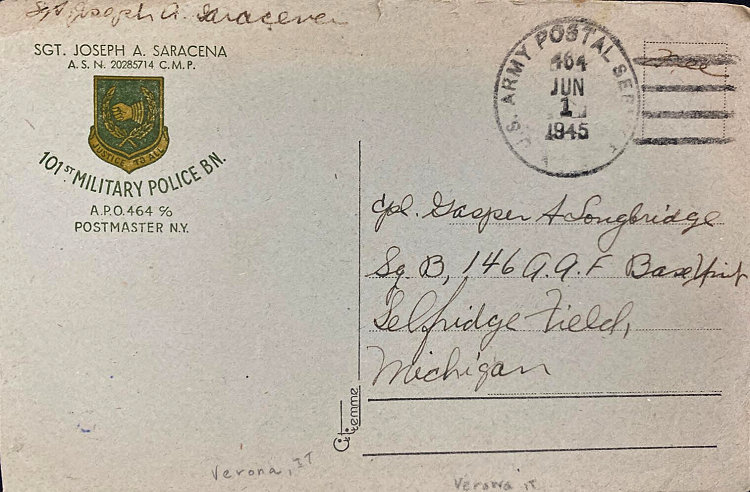
But sometimes a divison came up with a separate stamp. The Military Police in the USA used a homemade rubber stamp.
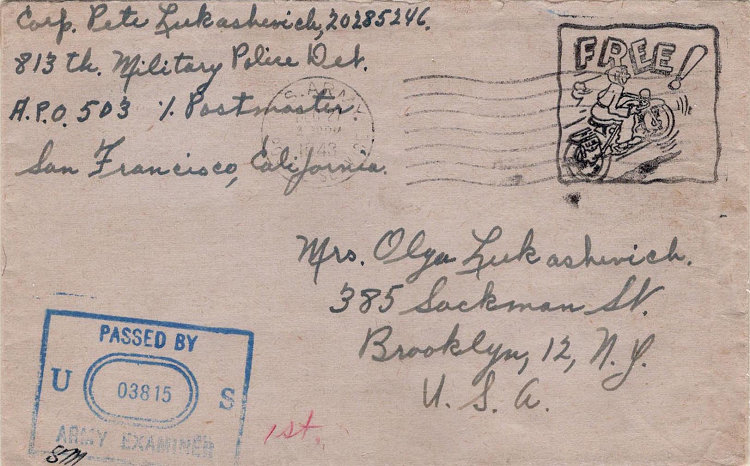
Manual rubber stamp for free postage from the US military Police.
Letter sent on December 27th 1943 to New York and checked by
army examiner
03815 with the initials SM (see cachet stamp in the lower left corner).
In addition to maintaining public order at military installations, the military police forces were also deployed for combat tasks. For instance for escorting and protecting convoys.
Because motorcycles are not wide, they can easily pass columns to ride from one place to another. For example to close traffic roads so that the military columns can pass quickly.
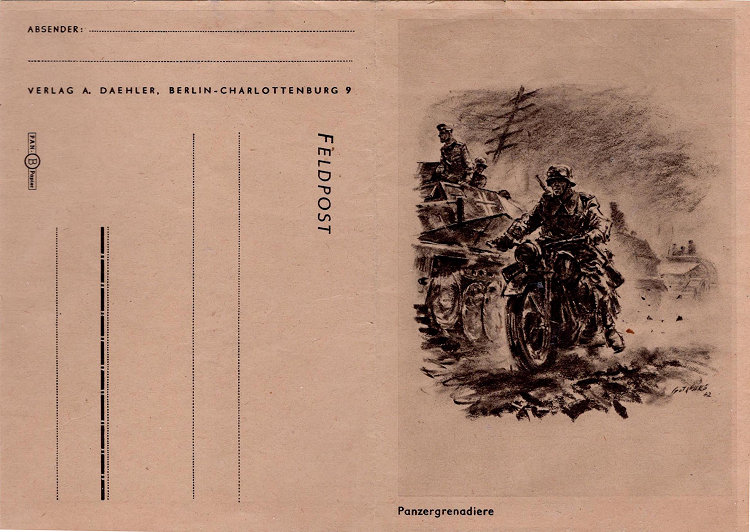
Privately issued Field post letter, available in (German) Wehrmacht cantines for 5 Rpf
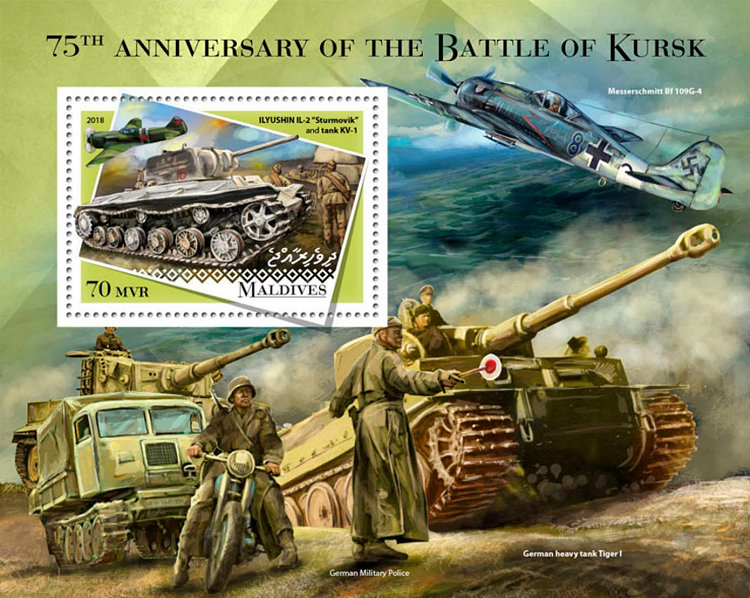
For the motorcycles in the army, often products manufactured in the own country were used. The English mainly used motorcycles from Triumph, Coventry, while the Italian army mainly used Moto Guzzi.

Specimen/test print of RONEO-NEOPOST franking stamp, used by the Triumph factory in Coventry
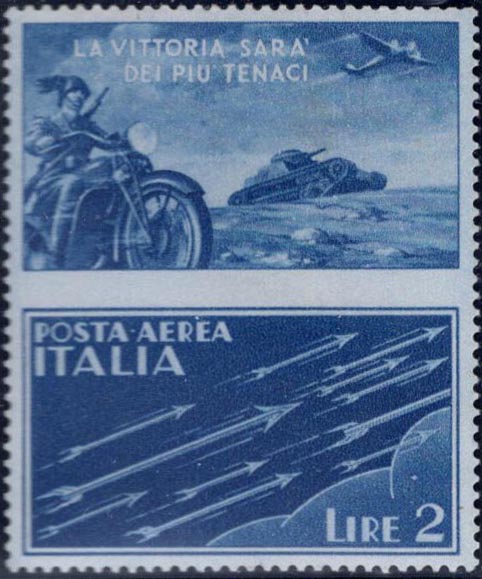
Propaganda stamp, not issued because the chances in the war had reversed.
No more "vittoria by perseverance"
Not only solo motorcycles were used for escort duties. Sometimes motorcycles with sidecars, whether or not armed with machine guns, were used for escort services.
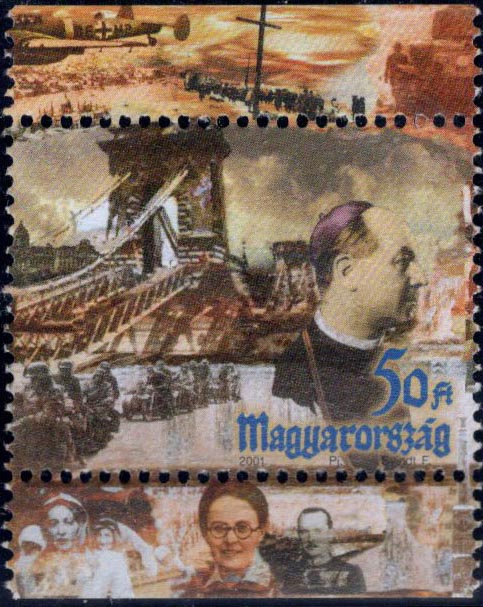
It is clear that escorting is not always without danger. Not only enemy fire but also exploding own vehicles can cause casualties among the accompanying motorcyclists.
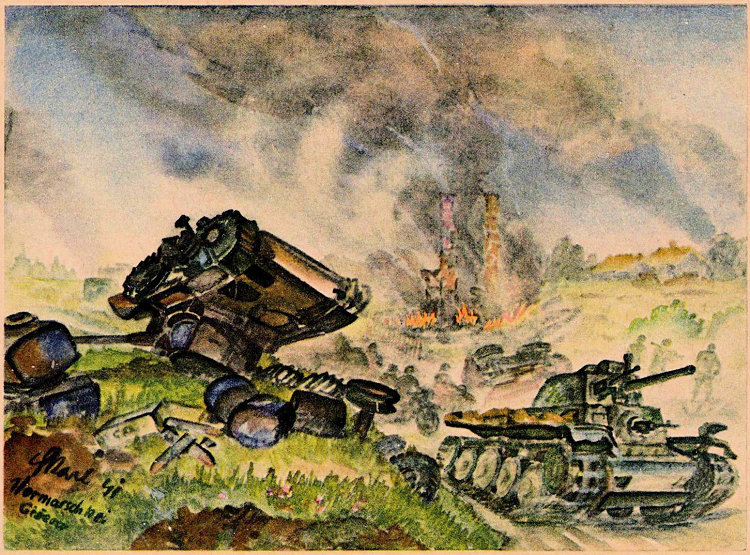
German postal stationary, included in the magazine "Soldatenblätter für Feier und Freizeit"
of the Wehrmacht, could be sent free of postage
It was not only the escorting of convoys that was a task for the military police. Guiding important people was also part of the range of duties. Often without any publicity about it, but sometimes in all openness. By using a motorcycle escort instead of cars, it was possible for the flocking people to take a look at Montgomery and the Danish king during the entry into Copenhagen after the end of WWII.
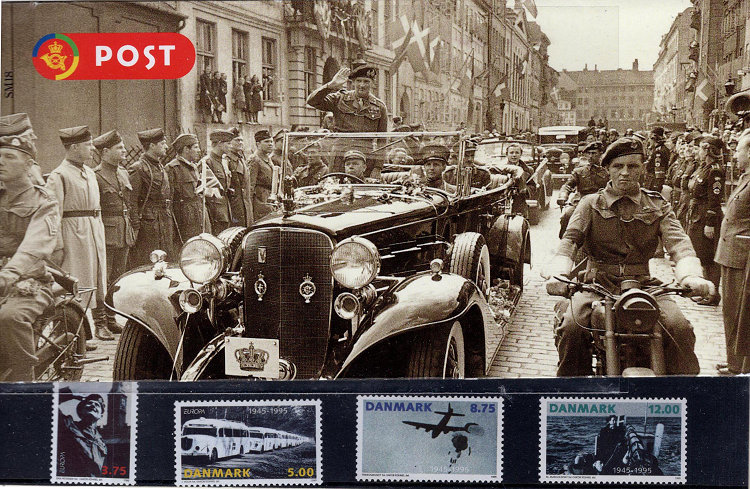
When it is finally peace, this is celebrated exuberantly in every country. Also the motorcyclists escorting the victors cannot escape the expressions of joy. But would they really mind?
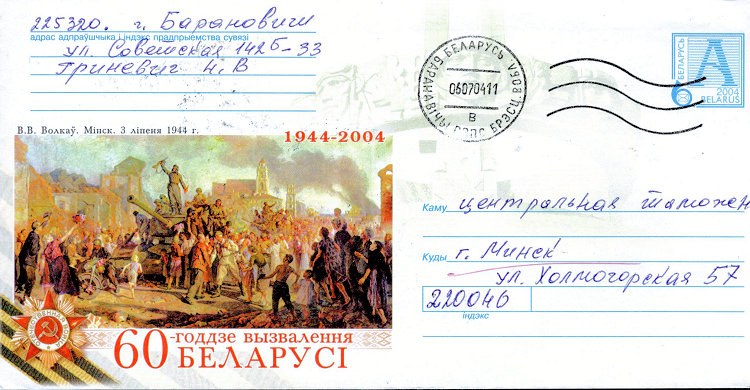
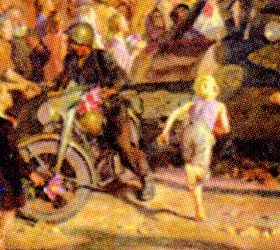
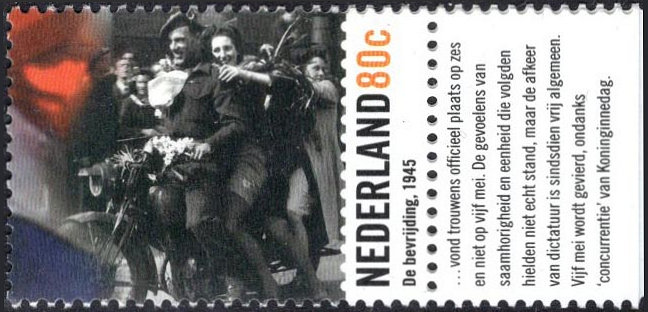
In addition to transmitting messages and police work, the army motorcyclists also fulfill another task: participating in ready troops. But more on that next time.
Nico Helling
Top - Back to former page - Home |














